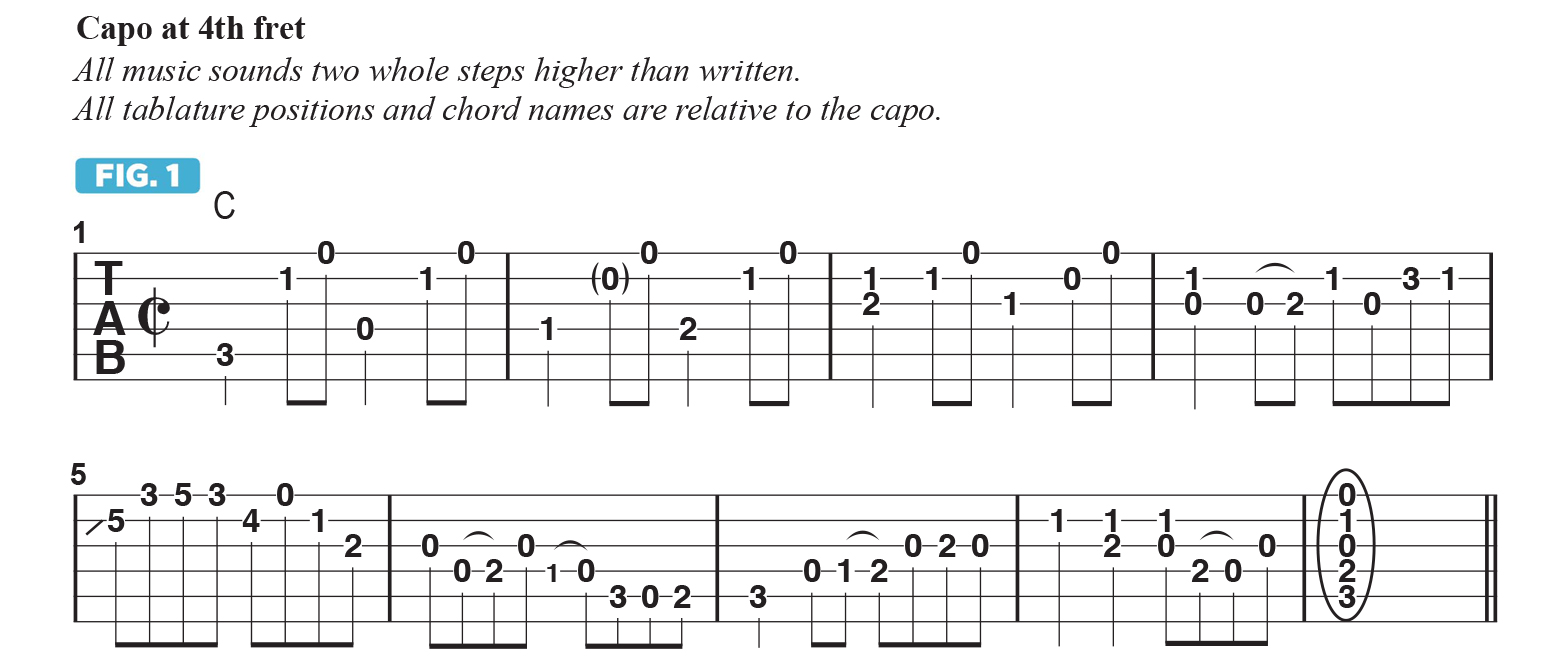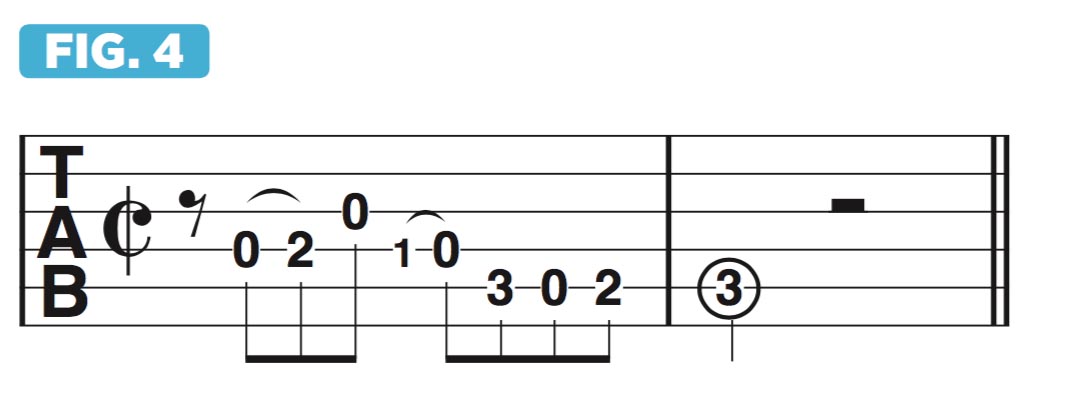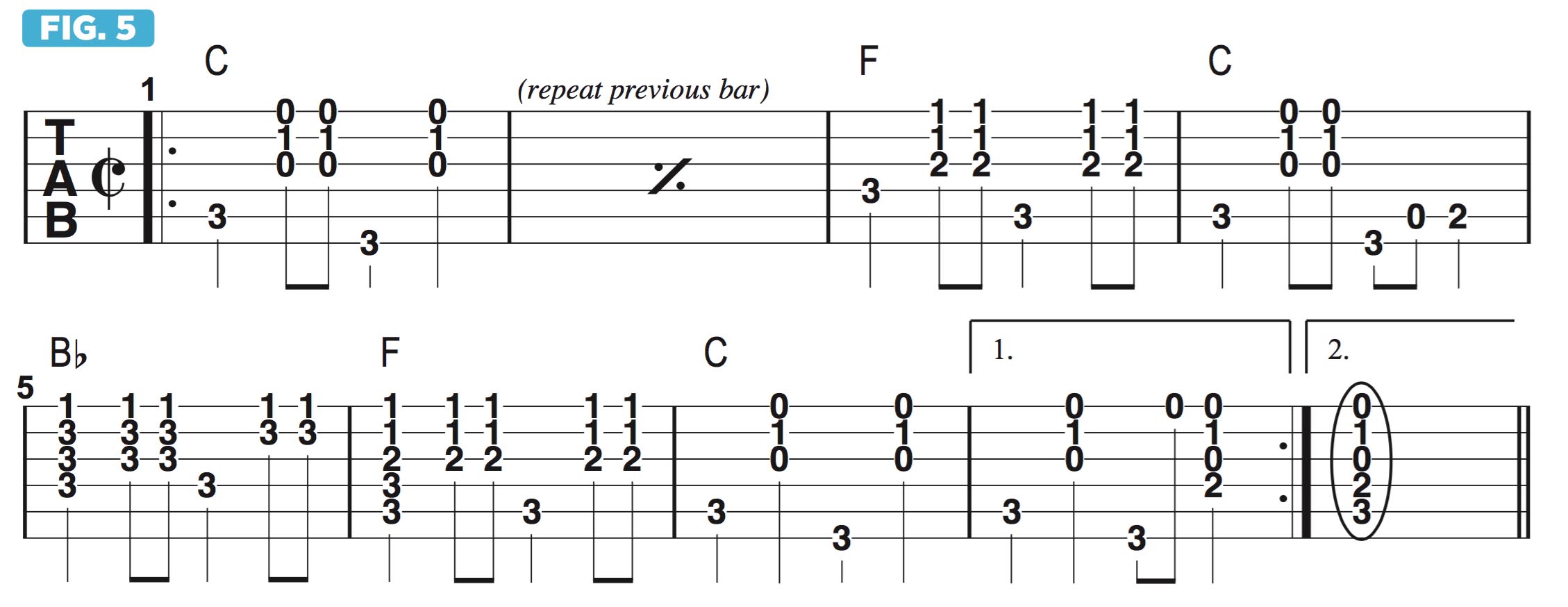Molly Tuttle shows you how to play traditional bluegrass lines and Over the Line
Bluesy, chromatic licks are on the menu with this exercise in old-school bluegrass methodology

For this column, I’d like to talk about traditional bluegrass rhythm playing and flatpicking soloing techniques. The song Over the Line, which I co-wrote with my friend Steve Poltz, is one of the more “traditional” bluegrass-style songs I have penned.
Over the Line appears as the title track on an album by my good friends Jeff Scroggins and Colorado. The tune starts off with a bluesy, chromatic lick and then moves into the rhythm part behind the vocal. When I play this song unaccompanied, I usually take a few solos on it before returning to the last verse and chorus.
This is a good song to use as a springboard for discussing traditional bluegrass-style flatpicking vocabulary, as well as strummed rhythm guitar approaches. I play this song with a capo at the 4th fret and think of it as if it were in the key of C. But due to the capo, everything is transposed up two whole steps to the concert key of E.
Figure 1 illustrates the opening eight-bar phrase to “Over the Line.” Working from an open “C” shape, in bars 1 and 2 I play an ascending bass line on the half-note downbeats – C D Eb – while lightly strumming the top two strings in between each of these ascending single notes.
In bars 3 and 4, I move the single-note line over to the G string, moving down from A to Ab to G, while still striking the top two strings between these descending notes.

Figure 2 illustrates this movement more clearly. Starting from beat 2 of bar 4, I play a stock bluegrass line utilizing a flatpicking style, alternate picking throughout – down-up-down-up.

This is shown in Figure 3. This lick is one of the first I ever learned in the traditional bluegrass style. Be sure to keep your pick-hand wrist loose and relaxed as you play this part, as doing so will facilitate crossing from lower to higher strings with less effort and a smoother sound.

The last lick in the passage, shown in Figure 4, is another one of the traditional bluegrass-style licks I learned when I was first starting out. This lick always sounds great and is useful in just about every bluegrass-style tune!

Figure 5 illustrates the verse section of the song, wherein I use the aforementioned strumming approach while accompanying the singing.

The chord progression is C - F - C - Bb - F - C. I’ll occasionally switch up the rhythm part a little, by strumming “down-down-down-up-down,” as demonstrated with the C chord in Figure 6.

Figure 7 illustrates the technique applied to the end of the progression: G - F - C. Next month, we’ll focus on the soloing approach I take when playing this song.

Get The Pick Newsletter
All the latest guitar news, interviews, lessons, reviews, deals and more, direct to your inbox!
“There are so many sounds to be discovered when you get away from using a pick”: Jared James Nichols shows you how to add “snap, crackle and pop” to your playing with banjo rolls and string snaps
Don't let chord inversions bamboozle you. It's simply the case of shuffling the notes around







![Joe Bonamassa [left] wears a deep blue suit and polka-dotted shirt and plays his green refin Strat; the late Irish blues legend Rory Gallagher [right] screams and inflicts some punishment on his heavily worn number one Stratocaster.](https://cdn.mos.cms.futurecdn.net/cw28h7UBcTVfTLs7p7eiLe.jpg)


